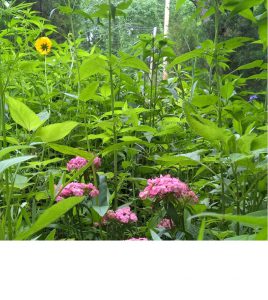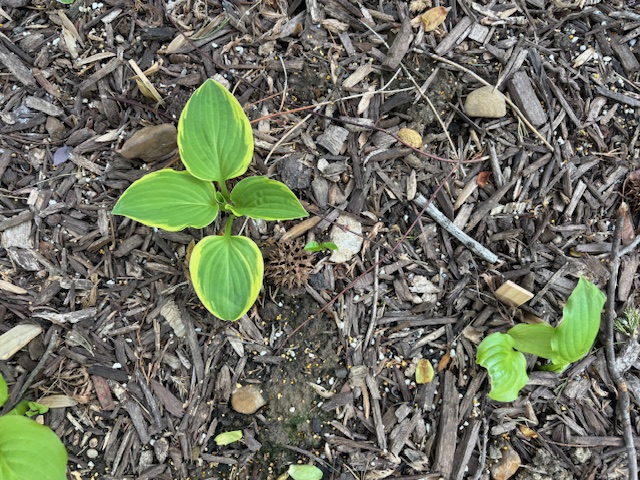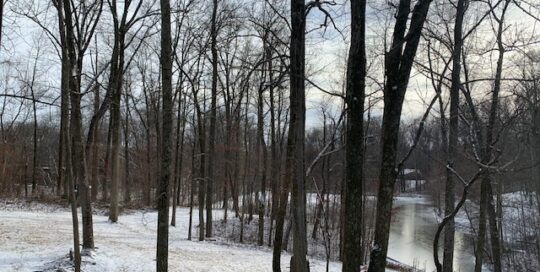Wildflowers on the Edge
Views: 2890

One of the first projects that Wonderful Husband and I tackled when we moved into the house was to start a wildflower garden. Why? Why not foundation shrubs or a vegetable garden or trees? That’s a good question and I really don’t have a good answer. Maybe (this is a possibility) I was absolutely bonkers.
“Edge”
A more “reasonable” reason is that we had taken a four-day class in Environmental Habitat Stewardship and had learned that “edge” is an important habitat. “Edge” is the space between the road and the field; or the field and the woods; or the woods and the pond. Generally, there is great diversity of wildlife in edge habitats.
The wildflower bed is located along the east side of our property, between the grass lawn and a pretty busy road. There were smaller trees along right at the east edge, then a steep bank leading down to the road. Although we knew the wildflowers would not get the benefit of morning sun, due the trees, we thought, “What the heck?”.
Making a wildflower bed
We had to rent a large, walk-behind tiller which was one tough machine and wore Wonderful Husband out – he’s never consented to run a big tiller again. We added some topsoil, spread the wildflower seeds and watered the bed diligently for the first growing season.
It hasn’t been an unqualified success – the first two seasons, I did a lot of weed pulling. The next year, Monarda didyma, being a member of the mint family, tried to take over the whole patch. I pulled out about three bushel baskets of the stuff (but at least it smelled great while I was pulling it).
We hit the bed with a Mantis tiller next year and spread more seeds. Things are beginning to look good. We don’t water anymore, but Wonderful Husband cuts down all the dead vegetation about April each year. I’ll get in there and try to eliminate or transplant the volunteer trees, but otherwise, it’s survival of the fittest.
The wildflower bed also makes an effective screen, blocking out the road behind it. Although we did eliminate almost all of the Autumn olives, we left the Eastern red cedars (Juniperus virginiana), sumac (Rhus aromatica), sassafras (Sassafras albidum); although some folks consider these trees “scrub” or “trash” trees, they are native to the region, provide food and shelter for birds and help give us privacy from the road.
So, how do the critters like it? There’s a black snake I see every once in a while; Eastern box turtles, skinks, Eastern fence lizards, squirrels (of course), frogs and lots of birds, including hummingbirds.
What advice would I give you, if you wanted to start a wildflower bed? Avoid the seed mixes in the big box stores; purchase seeds from a reputable seed catalog which specializes in native seeds (like Prairie Nursery (www.prairienursery.com), Prairie Moon Nursery (www.prairiemoon.com) or Native American Seed (www.seedsource.com). Several non-profit organizations can give you lots of information: the Xerxes Society (www.xerxes.org); or search for your state’s native plant society, such as the Indiana Native Plant and Wildflower Society (www.inpaws.org).
Stay green, good friends!
Meet Dona Bergman
Dona Bergman is a founding member, Southwest Indiana Chapter of the Indiana Native Plant & Wildlife Society, and an Advanced Master Gardener.







